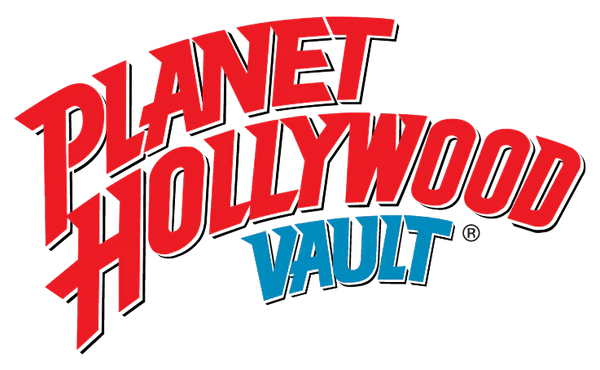Death terrifies us and fascinates us. When there is something that kills multiple people without reason, and something that could come after us next, we react with strong emotions. We say, "That could have been me!" To empathize, to see our similarities with another, is to be human. Sometimes the harbinger of death is a disease, other times it's a wild animal such as a lion, a bear, or a shark. Even more ghastly, it is sometimes a fellow human.
We have trouble wrapping our minds around the very idea that a person could kill indiscriminately. Elizabeth Bathory took the lives of over 600 girls and women before she was arrested in 1610.Thug Berham murdered over 900 people between 1790 and 1840. However, it wasn't until a string of brutal killings in 1888 that humanity saw rise of the modern-day serial killer.
Jack the Ripper had an unknown number of victims, but there were five deaths attributed to him. Newspapers were cheap, and literacy was growing in the late 19th century. Over two months in London, England, the unidentified serial killer was sensationalized in the worldwide press. With the prolific killer now a household name, it took no time before he found his way into fiction with "The Curse Upon Mitre Square" which was published during the second month of the Ripper's crimes.
There have been many serial killers in the real world since then, but between 1970 and the early 2000s there was a rise in such crimes. Over 80 percent of serial killers in America were active during these 30 years. What once was a remote fear, became very real, and the odds of coming face to face with a serial killer were higher than ever. As always with Hollywood horror films, our fears were projected onto the big screens.
The 1970s saw the release of "The Texas Chainsaw Massacre" (1974) and "Halloween" (1978). The 1980s gave us "Friday the 13th" (1980) and "A Nightmare on Elm Street" (1984) which combined serial killers with the supernatural. The serial killer characters of the 1990s were more grounded in reality in films such as "The Silence of the Lambs" (1991), "Natural Born Killers" (1994), and "Se7en" (1995).
Since then, Hollywood and audiences have continued to be fascinated with these monsters, however, more and more movies were based on actual events (not to mention the many documentaries that have been made)."Summer of Sam" (1999), "Monster" (2004), "Zodiac" (2007) and "Extremely Wicked, Shockingly Evil and Vile" (2019) are all based on true stories. This isn't to say audiences stopped being interested in fictional, over-the-top stories about serial killers. The "Saw" films started the same year that "Monster" was released, and "Sweeney Todd: The Demon Barber of Fleet Street" (2007) hit theaters the same year as "Zodiac."
The films mentioned above are just a small sample of a huge subgenre of horror. Whether real or fake, whether based on reality or completely conjured from the minds of Hollywood writers, American audiences continue to watch slasher films such as these. When there is a real danger in the world, it can be comforting to watch a movie where the danger is only on the screen, and not in theaters or our living rooms. We don't say, "That could have been me!" while watching Freddy or Jason. We say, "I would never do that!" or "Could you imagine?" or anything that shows the danger isn't real for us... at least, not from the screen.

